Reuters photo
By
Cynthia M. Lardner
The Trump administration’s promises to reform the Environmental Protection Agency, to scale back on environmental laws and regulations, and to exit the Paris Agreement on Climate Change omit any explanation of the legal processes involved.
President Donald Trump will likely be unable to deliver on most, if not all, of his environmental promises in the 46 remaining months in his term because the United States is a democracy, having three branches of government, as well as the fourth estate, and not a private corporation.
In conjunction with these illusory promises, Mr. Trump over and over again touts his ability to stimulate economic growth and job creation in America’s poorest areas. He says he wants to bring the coal industry back. Economically this makes no sense. The bottom line is that investment in the renewable energy sector generates more jobs per dollar spent. Consider that coal mining towns are situated in mountainous regions – the perfect place to retrain unemployed workers to build, install and maintain wind farms.
The bottom line people who will lose from the ill-conceived America First Energy Plan are those families who are already suffering economic hardship who believed Mr. Trump’s campaign promises and choose to vote for him believing in a better tomorrow.
What Fuels Trump’s America’s First Energy Plan?
Regulatory Changes
First, the plan involves eliminating the Climate Action Plan, the Waters of the U.S. or Clean Water Rule, and the U.S. Methane rule limiting emissions from oil and gas installations on federal land.
According to the EPA, “Clean water upstream means cleaner water flowing into rivers, lakes, bays, and coastal waters…The Clean Water Rule ensures that waters protected under the Clean Water Act are more precisely defined, more predictably determined, and easier for businesses and industry to understand.”
The Clean Water Rule was promulgated after the Environmental Protection Agency (EPA) and the Army Corps of Engineers evaluated the latest science, including a report summarizing more than 1,200 peer-reviewed, published scientific studies showing that small streams and wetlands play an integral role in the health of larger downstream water bodies.
Under the non-delegation doctrine, the EPA was authorized by “enabling legislation” in the Clean Water Act to promulgate regulations. Generating regulations is governed by the Administrative Procedure Act (APA); a process that includes publication of the proposed rules in a notice of proposed rulemaking (NPRM), a period for comments and participation in the decision making and, ultimately, adoption and publication of the final rules in the Code of Federal Register (CFR).
The Clean Water Rule has been stayed by the Sixth Circuit Court of Appeals in the Environmental Protection Agency and Department of Defense Final Rule; Clean Water Rule: Definition of Waters of the United States, Case Nos. 15-3799/3822/3853/3887 (6th Cir., Oct. 9, 2015), in which the Court held:
A stay allows for a more deliberate determination whether this exercise of Executive power, enabled by Congress and explicated by the Supreme Court, is proper under the dictates of federal law. A stay temporarily silences the whirlwind of confusion that springs from uncertainty about the requirements of the new Rule and whether they will survive legal testing.
A stay honors the policy of cooperative federalism that informs the Clean Water Act and must attend the shared responsibility for safeguarding the nation’s waters… The Clean Water Rule is hereby STAYED, nationwide, pending further order of the court.
On February 28th Mr. Trump directed the EPA and the U.S. Army Corps of Engineers to assess whether Clean Water Rule promotes economic growth and minimizes regulatory uncertainty. This fact-finding directive conflicts with newly confirmed EPA Director Scott Pruitt’s definitive statement that the EPA’s focus on combating climate change had cost jobs and stunted economic growth.
The harsh reality is that the Trump administration is bound by the stay – a stay not issued by a “so called court”. Once that case is decided, the procedures for substantive amendment to or repeal of a rule are the same as for the issuance; a time-intensive process.
After two years of conducting research and complying with the APA, on May 12, 2016, the EPA issued its final Standards to Cut Methane Emissions from the Oil and Gas Sector, 40 CFR 60; regulations to reduce methane, volatile organic compounds and toxic air emissions by the oil and natural gas industries.
A year prior the proposed rules were challenged in the 9th Circuit Court of Appeals in which New York Attorney General Eric T. Schneiderman issued the following statement opposing the challenge:
The oil and gas industry is the country’s largest source of emissions of methane, an extremely potent greenhouse gas. Controlling these emissions is essential to combatting climate change. The regulations adopted by the EPA in May reflect the ready-availability of proven, effective, and affordable measures for reducing methane emissions from new and modified sources in the oil and gas industry. They also fulfill the EPA’s legal responsibility under the Clean Air Act to limit the industry’s methane emissions from these sources.
We can no longer afford to disregard the overwhelming evidence of climate change, and the threat that it poses to our families, communities, and economy. My office is proud to stand with our fellow coalition members in aggressively defending these important controls on climate change pollution.
The case was dismissed as being premature as the EPA “…has not yet issued a final rule. It has issued only a proposed rule.” Since the issuance of the final rules there have been no legal challenge. But, as in the case of the Clean Water Rule, any effort to change the existing regulations would have to follow the time-consuming administration process.
Second, Mr. Trump wants to eliminate the Climate Action Plan. While neither legislation nor a rule the Climate Action Plan reflects a national policy toward reducing the impact of climate change by cutting carbon pollution that not only causes climate change and but adversely affects public health, and by promoting the conversion to clean energy. Some of its benchmarks include:
-
Directs EPA to work closely with states, industry and other stakeholders to establish carbon pollution standards for both new and existing power plants;
-
Makes up to $8 billion in loan guarantee authority available for a wide array of advanced fossil energy and efficiency projects to support investments in innovative technologies;
-
Sets a goal to reduce carbon pollution by at least 3 billion metric tons cumulatively by 2030 – more than half of the annual carbon pollution from the U.S. energy sector – through efficiency standards set over the course of the Administration for appliances and federal buildings; and
-
Leverages new opportunities to reduce pollution of highly-potent greenhouse gases known as hydrofluorocarbons; directs agencies to develop a comprehensive methane strategy; and commits to protect our forests and critical landscapes.
The Department of Energy is responsible for oversight of the Climate Action Plan. Former Texas Governor Rick Perry was confirmed on March 2nd as Energy Secretary. Previously, Mr. Perry vowed to close the Department of Energy, he has supported the Keystone XL and Dakota Access Pipeline, and called climate change a “contrived phony mess” with efforts to tackle climate change “hysteria.”
In his Senate confirmation hearing, to no great surprise, Mr. Perry made radically different statements. For instance, he testified that, “My past statements made over five years ago about abolishing the Department of Energy do not reflect my current thinking. In fact, after being briefed on so many of the vital functions of the Department of Energy, I regret recommending its elimination.”
Mr. Perry added that he is “committed to modernizing our nuclear stockpile, promoting and developing American energy in all forms, advancing the department’s critical science and technology mission, and carefully disposing of nuclear waste.” Building-up America’s nuclear weapons arsenal is an unjustifiable waste of taxpayer funds.
Mr. Perry has not issued any statement about the Climate Action Plan.
Third, Mr. Trump plans on extracting $50 trillion in untapped shale, oil, and natural gas reserves. Extracting shale oil involves fracking. Hydraulic fracturing, or fracking, is a controversial technique to recover gas and oil from shale rock by drilling down into the earth before a high-pressure water mixture is directed at the rock to release the gas inside. The first problem is that fracking uses huge amounts of water, which must be transported to the fracking site, at significant environmental cost. The second problems is that fracking releasing carcinogenic chemicals, such as hydrocarbons, chemical-laden water, hydraulic fracturing fluids, arsenic, radium and benzene, into our ground water. Four states have been documented as have contaminated ground water supplies: Colorado, New Mexico, North Dakota and Pennsylvania.
Fourth, Mr. Trump stated that he plans on reviving coal mining using clean coal technology. Clean coal technology is a collection of technologies being developed to mitigate the environmental impact of coal energy generation to remove or reduce pollutant emissions to the atmosphere. The technology is neither green nor clean.
Job Growth in the Renewable Energy Sector
The Trump administration should be looking at developing renewable energy sources within the United States. It does not even matter what Mr. Trump, Mr. Bannon, Mr. Pruitt and Mr. Perry’s think about climate change as renewable energy generates more jobs and is more cost efficient than anything the Trump administration has touted.
Given inducements these same figures could apply to the rust belt and former coal towns where unemployment runs rampant and hope runs low.
Additionally, since 2008 the price of coal has risen 13% and the price for solar energy has dropped by 80%.
Cronyism
The multifaceted “America First Energy Plan” was most likely spearheaded by the White House’s Chief Strategist Steve Bannon, who in his previous role of Executive Editor of right-wing Breitbart News, became well-known for denying climate change science, despite the fact that 97% of scientists agree that climate change is not only real but a manmade condition that only mankind can remediate, and for spreading conspiratorial views on clean energy. Mr. Bannon stated, without a scintilla of collaborating research, that, “Whether you believe in alternative energy or not, one thing we can tell you for a fact—whether it works or not, that’s all to be seen in the progress of time—it’s up to its neck in crony capitalism. The venture capital guys getting bailed out, the private equity guys getting bailed out, subsidies for these things.”
What is true about Mr. Bannon’s statement is there is cronyism. The America’s First Energy Plan reeks of cronyism favoring the fossil fuel industry. Consider the recently released emails evidencing a preexisting relationship between Mr. Pruitt and the fossil fuel industry.
The Paris Agreement
The Paris Agreement was negotiated by 195 countries and has been ratified by 194 countries. The Paris Agreement falls within the United Nations Framework Convention on Climate Change dealing with greenhouse gases emissions mitigation, adaptation and finance starting in the year 2020. The United States ratified the agreement, which globally came into effect on November 4, 2016. Under the agreement the United States has committed to committed to reducing greenhouse gas emissions by 26-28 percent below the 2005 level in 2025, and to make “best efforts” to reduce emissions by 28 percent. This necessarily includes a reduction in fossil fuel usage.
“We shouldn’t underestimate the scale and the transformative nature of the change, which will be needed. We have to go to zero carbon emissions by about 2050 if we are going to stay below 2C of warming and that means that we have to leave about 2/3 of the known resources of fossil fuels in the ground,” stated Mary Robinson, Special Envoy of the Secretary-General for Climate Change and Director of the Mary Robinson Foundation for Climate Change.
Ms. Robinson was emphatic that, “We have a responsibility to move in the direction that Paris has given us – well below 2C as far as possible to 1.5C – a world that leaves no one behind. A world that is fair and inclusive … We can do it. And we will have a much better and more equal world if we do.”
During the campaign, Mr. Trump stated that the United States would pull out of the Paris Agreement, calling the agreement “bad for US business” and alleging that the agreement allows “foreign bureaucrats control over how much energy we use”.
Myron Ebell, a long-standing climate sceptic who headed Mr. Trump’s EPA transition team, opined that Mr. Trump, “…could do it by executive order tomorrow, or he could wait and do it as part of a larger package. There are multiple ways and I have no idea of the timing,”
Mr. Ebell’s statements run afoul of the Paris Agreement which stipulates that once the agreement came into force, countries that have ratified it have to wait for a minimum of three years before they can exit. The earliest date the United States could exit the Agreement is 2019. When it comes to the Trump administration fact-checking is everything.
The Gag Order
Employees at the EPA were quite vocal in expressing their science-based opinions as announcements were made. What did Mr. Trump do to address their concerns? He issued a gag order resulting in a rogue EPA twitter accounts such as @altUSEPA. This is the United States of America where government is supposed to be translucent and accountable, and where freedom of speech is protected.
Conclusion
The United States is already been deemed degraded in its role as a global leader. In the area of clean energy, China is presently investing more in renewable energy and building more renewable energy capacity than the United States further eroding the United States leadership role. During the campaign, Mr. Trump stated climate change was a hoax perpetrated by the Chinese government. If so, the joke is on Mr. Trump. Mr. Trump must take a big step back and consider that it is his job to insure that the United States remains the geopolitical leader in all areas.
The author with former United Nation Secretary-General Ban Ki-moon at the inauguration of the new ICC complex on April 19, 2016
Cynthia M. Lardner
Cynthia M. Lardner is an American journalist living in The Hague. She is a contributor to Tuck Magazine, E – The Magazine for Today’s Executive Female Executive, and the International Policy Digest. Her blogs are read in over 37 countries. As a thought leader in the area of foreign policy, her philosophy is to collectively influence conscious global thinking. Ms. Lardner holds degrees in journalism, law, and counseling psychology.
Sources


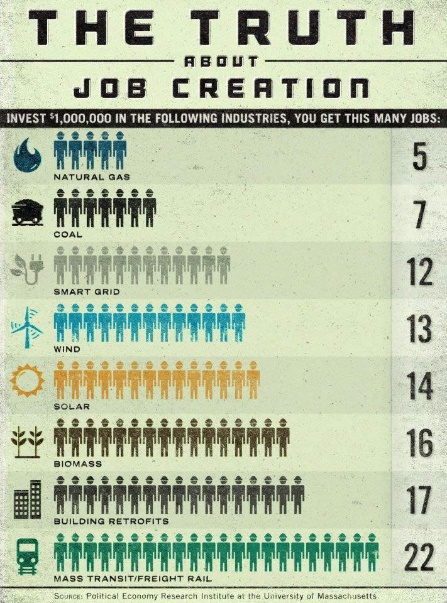
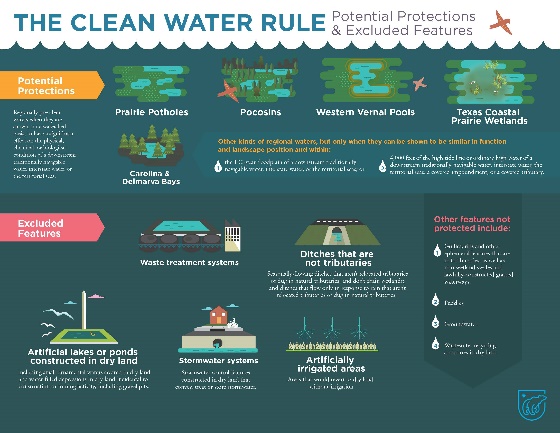

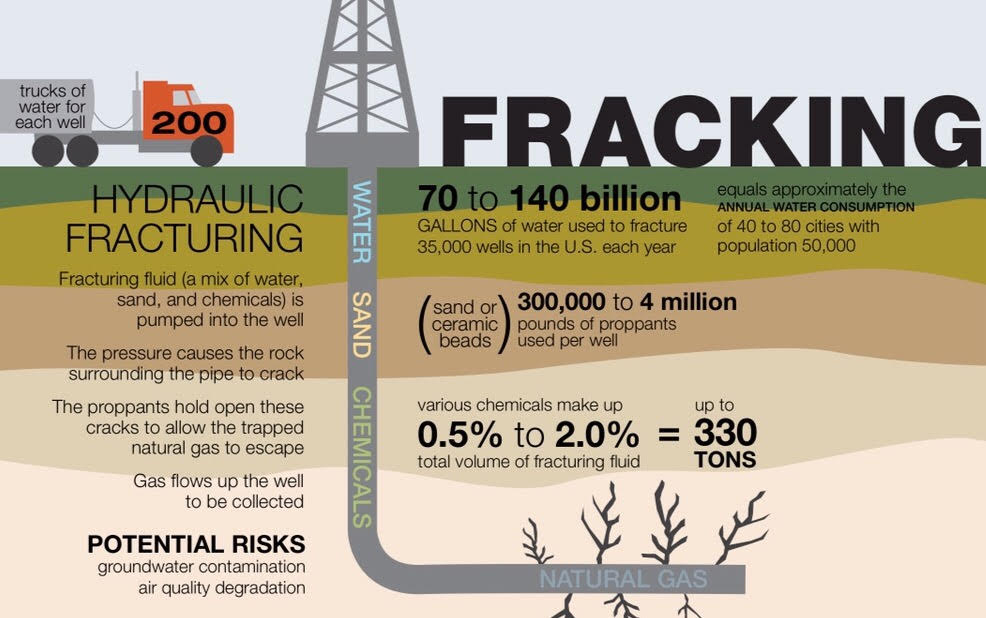
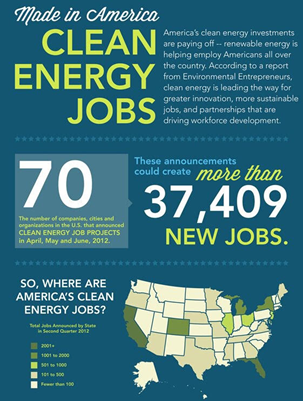
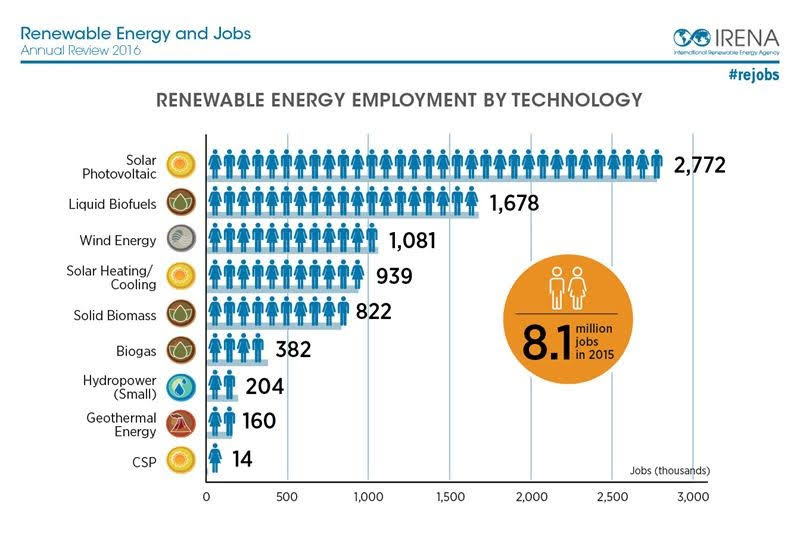
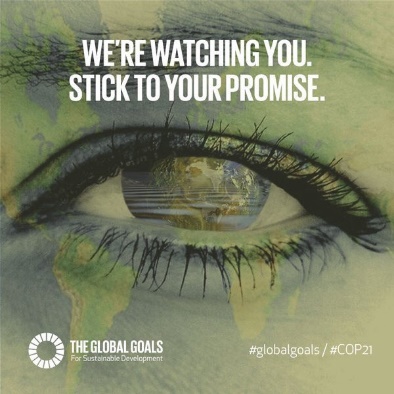
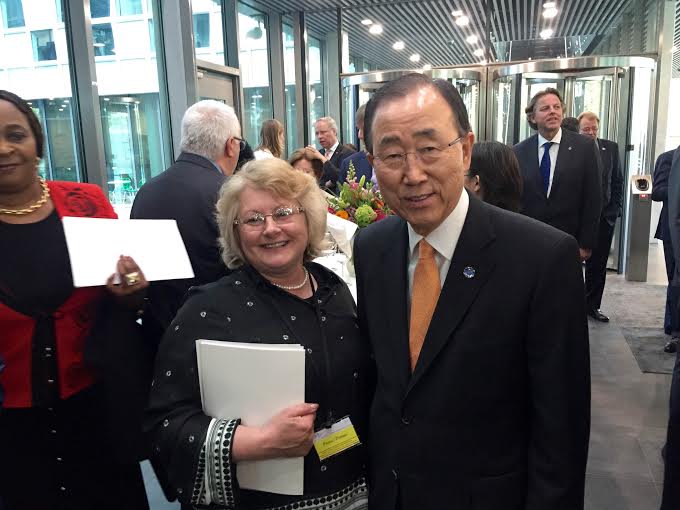
No Comments Yet!
You can be first to comment this post!